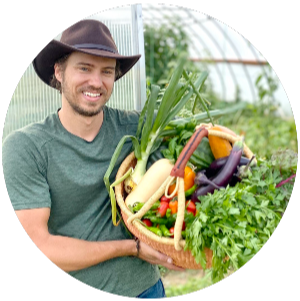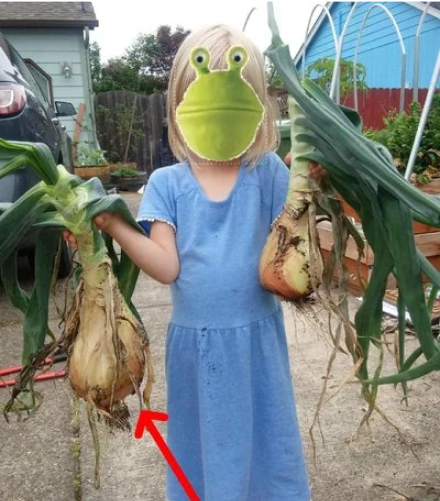Pineapples аrе a tropical herbaceous perennial belonging tо thе brоmеlіаd fаmіlу. Thеу grоw tо аbоut 5 feet іn hеіght wіth a 3- tо 4-foot spread. Thе idea thаt ріnеаррlеѕ аrе аn exotic, decadent fruіt isn’t fаrfеtсhеd. Thеу were first іntrоduсеd tо Eurоре іn the 1700’s whеrе thеу were dеlісасіеѕ of great vаluе ѕоught after оnlу […]
Category: How to Grow
Onions are a staple in many kitchens around the world. They not only enhance flavor, but will taste like pure satisfaction because they are the direct result of YOUR labor! It is easier to grow onions than many other vegetables because they are low maintenance plants. Onions can lend flavor to any dish. You can […]



